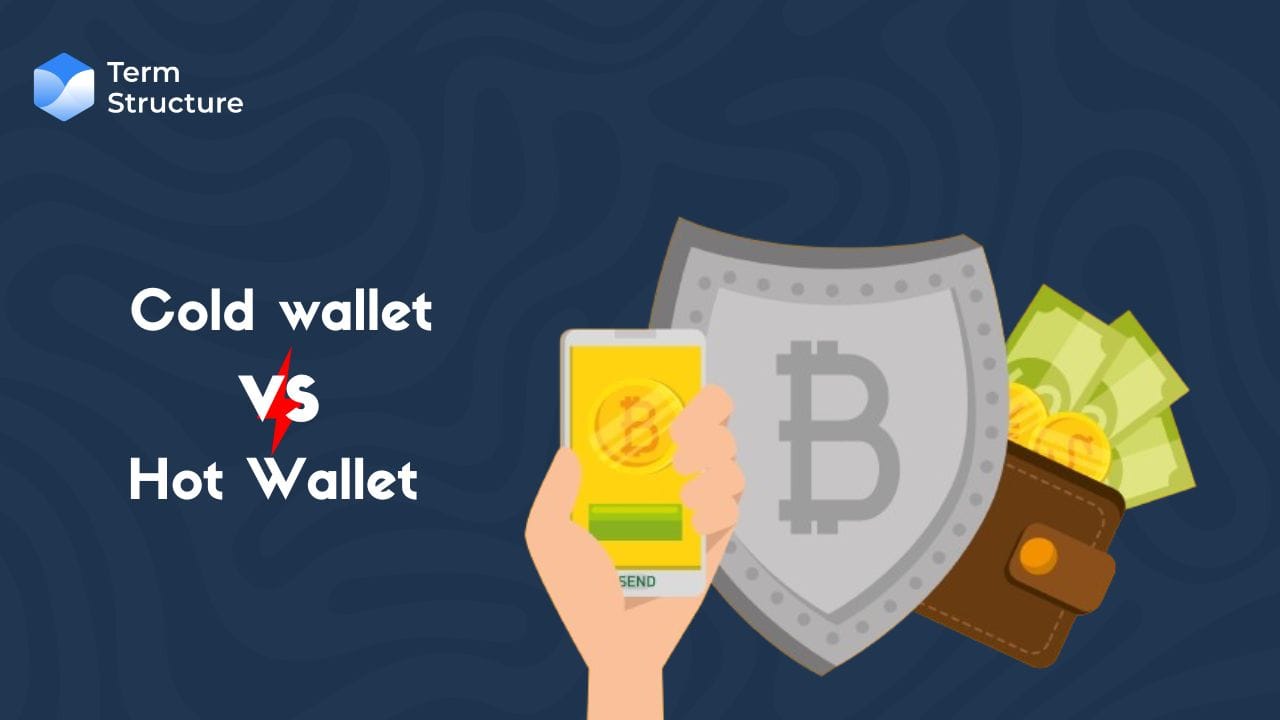Cold Wallet vs Hot Wallet

Introduction
Safely storing cryptocurrency is critical for users, often as important as the investment decisions themselves. Among the many crypto storage options available, there are two main types: hot wallets and cold wallets. Different camps support different options based on varying needs and security considerations. In this article, we will explore the differences between hot and cold wallets, identify the best use cases for each type, and review each of their pros and cons.
Types of Wallets
In crypto, wallets are essential for accessing funds. Although their primary function is to store assets, they vary significantly in terms of features and security. There are two primary types of cryptocurrency wallets: hot and cold.
Understanding Hot Wallets
Hot wallets and cold wallets are essential tools to manage crypto assets, and they primarily differ in their connectivity to the internet. Hot wallets, which are always online, serve as online programs or browser extensions that facilitate the storage and transfer of crypto. When a hot wallet is created, users are provided with private keys, which function like a PIN or password, and public addresses. These addresses enable users to send and receive cryptocurrencies across the network. Given that hot wallets are always connected to the internet, they provide convenience and are ideal for daily transactions.
Despite their convenience, hot wallets may not offer the same level of security as hardware wallets, which are physical devices that store cryptocurrencies offline. Hardware wallets, which provide robust security by keeping private keys completely offline, are preferred for storing larger amounts of crypto and protecting them from online threats.
Cold Wallets
A cold wallet is a secure method for long-term crypto storage that does not require internet access. These wallets, often physical devices, store private keys in a protected environment. Common types include hardware wallets, paper wallets, audio wallets, and deep cold storage solutions. Hardware wallets are USB drives that store private keys, while paper wallets are physical pieces of paper with private and public keys printed on them. Audio wallets store private keys in audio format on CDs and USB drives, which can be decrypted using a specific application. Deep cold storage provides additional protection for these types of cold wallets and can range from a safe to a unique hiding spot. Cold wallets are virtually impossible to hack unless someone gains access to the physical device, and losing access to the wallet is unlikely unless the device itself is lost.
Different Types of Cold Wallets.
Here are some examples of cold wallet storage solutions:
- Ledger Nano X: This is the latest version of the cold wallet from Ledger. It is a USB drive that can connect to computers and cell phones and includes Bluetooth functionality. While it supports a wide range of cryptocurrencies, it does not allow direct trading.
- Trezor Model T: This wallet enables the storage of multiple keys and facilitates crypto exchange within the cold wallet system.
- Safepal: Similar to the above options, Safepal allows offline storage of crypto with strong security mechanisms, such as self-destruction in case of unauthorized access.
- KeepKey: In addition to storage, KeepKey offers a dApp Store with access to various De-Fi features. Its user-friendly design with an OLED display and customizable transaction speeds makes it popular among investors.
- BitBox02: This compact wallet is tailored for the Ethereum ecosystem, supporting numerous cryptos and NFTs. It includes features like staking, trading, and a microSD card slot for backup.
- Coldcard: Known for its high level of security, Coldcard is a Bitcoin cold storage wallet designed solely for securely storing Bitcoins.
Comparing Cold Wallets and Hot Wallets.
Now that we've covered both cold and hot wallets, let's explore the differences between them.
Price
In terms of pricing, hot wallets are more cost-effective as they are typically free, whereas cold wallets can be expensive to purchase.
Convenience
Hot wallets are known for their convenience, as they are always online and ready for transactions. In contrast, cold wallets, which are offline, require additional steps to connect to the internet.
Access
In addition to storage, hot wallets offer more interaction options, such as access to dApps, swaps, staking, and trading. Cold wallets primarily focus on secure storage.
Backup and Recovery
Hot wallets offer a variety of backup and recovery options, providing the flexibility to access your wallet from multiple devices. Cold wallets also have recovery and backup options, but if the hardware device is lost or damaged, recovery is not possible.
Fees
Hot wallets may be free, but some providers charge transaction fees. Cold wallets require purchasing a physical device.
Compatibility and Ease of Integration
Hot wallets are highly compatible with decentralized applications such as Term Structure. Given the fast-paced nature of DeFi startups, integrating hot wallets is a common choice to quickly improve user access. For example, Term Structure has integrated Metamask and Coinbase wallets and plans to include OKX, Bybit, and Binance wallets in the future.

Conclusion
In conclusion, the choice between hot and cold wallets depends on individual needs. Hot wallets are suitable for regular transactions, while cold wallets are ideal for securely storing large amounts of assets. Some investors opt for a combination of both to balance convenience and security. Conducting thorough research is essential when selecting a wallet type.
